Imagine stepping into a patch of ancient forest where the air feels charged with mystery, the trees stand like silent sentinels, and every stone, vine, and bird seems protected by an age-old promise. These are India’s sacred groves—living museums of nature where tradition and ecology intertwine. For centuries, villagers have honored these places, often believing they are home to deities or ancestral spirits. In an age when concrete threatens to erase green from our lives, these groves stand as breathtaking sanctuaries, safeguarding both spiritual beliefs and an astonishing wealth of biodiversity. If you’ve ever wondered how culture can shape conservation, the sacred groves of India hold the answers, beating like green hearts at the center of countless communities.
The Ancient Roots of Sacred Groves

Sacred groves in India have origins that stretch back thousands of years, making them some of the oldest living conservation practices on the planet. Many of these patches predate organized religion, woven deeply into local folklore and rituals. Long before modern environmentalism, communities set aside these parcels of forest, believing that disturbing them would anger powerful deities or spirits. This fear and reverence created a natural shield, protecting the groves from logging, hunting, and farming. Oral traditions passed through generations have kept the knowledge of these groves alive, with elders recounting tales of miraculous recoveries and dire consequences for those who dared to trespass. The survival of these groves stands as a testament to the power of ancient wisdom in preserving nature.
Cultural and Spiritual Significance

Far beyond their ecological value, sacred groves are spiritual hubs where rituals, festivals, and prayers merge with the natural world. In many regions, villagers believe these forests are the abodes of gods, goddesses, or ancestral spirits. Offerings and ceremonies performed under centuries-old trees are common, and some groves even serve as open-air temples. The sense of awe and respect these places inspire has instilled a deep-rooted sense of responsibility among local people. For example, in Kerala, the “Kavu” groves are central to annual festivals, while in Meghalaya, the Khasi people conduct sacred rites in their “Law Kyntang” forests. This spiritual bond acts as a powerful deterrent against exploitation, making cultural belief a silent guardian of biodiversity.
Biodiversity Treasure Troves

Sacred groves are hotspots for plant and animal diversity, often harboring species found nowhere else. Because these forests are left largely untouched, they become safe havens for rare and endangered species. Botanists have discovered medicinal plants, wild relatives of crops, and even new species within these protected patches. In the Western Ghats, sacred groves shelter orchids, ferns, and ancient trees that have disappeared from surrounding areas. Birds, butterflies, reptiles, and mammals thrive here, creating vibrant ecosystems that echo with life. Sometimes, the only surviving population of a particular plant or animal within a region exists solely within a sacred grove, underscoring their irreplaceable value to conservation.
Traditional Conservation Practices
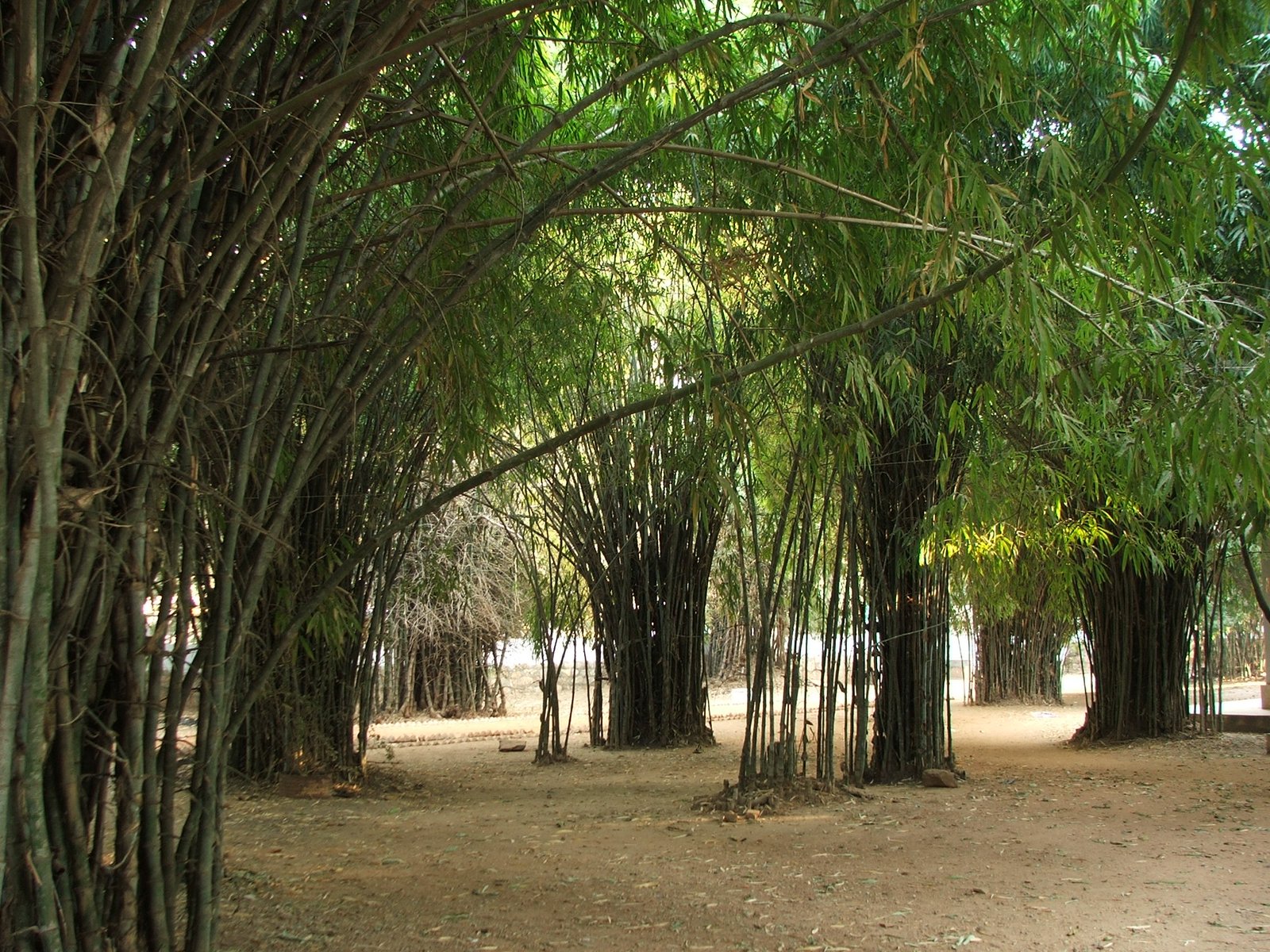
The management of sacred groves reflects a blend of knowledge and custom passed down over generations. Instead of fences and guards, the protection comes from unwritten rules—no tree shall be felled, no animal hunted, and no soil disturbed. Community elders or priests often act as custodians, mediating disputes and ensuring rituals are upheld. These traditional practices have maintained the integrity of groves even as external threats loom large. In some parts of Maharashtra and Karnataka, villagers organize annual cleaning drives, removing invasive species while avoiding any harm to the native flora. This self-policing system is a remarkable example of grassroots conservation that governments and scientists are now studying and learning from.
Geographical Spread and Diversity

Sacred groves are scattered across India, from the snow-clad mountains of Himachal Pradesh to the sun-drenched coasts of Tamil Nadu. Each region adds its unique flavor to the practice, influenced by the local climate, beliefs, and ecology. In the lush Western Ghats, groves are dense and teeming with biodiversity, while in Rajasthan, they may be small clusters of hardy trees surrounded by arid landscape. The Khasi and Jaintia hills of Northeast India are famous for their “Law Lyngdoh” groves, which are fiercely protected by tribal councils. This geographical spread means that sacred groves capture a stunning array of ecological zones, making them invaluable for conserving India’s natural heritage.
Threats Facing Sacred Groves
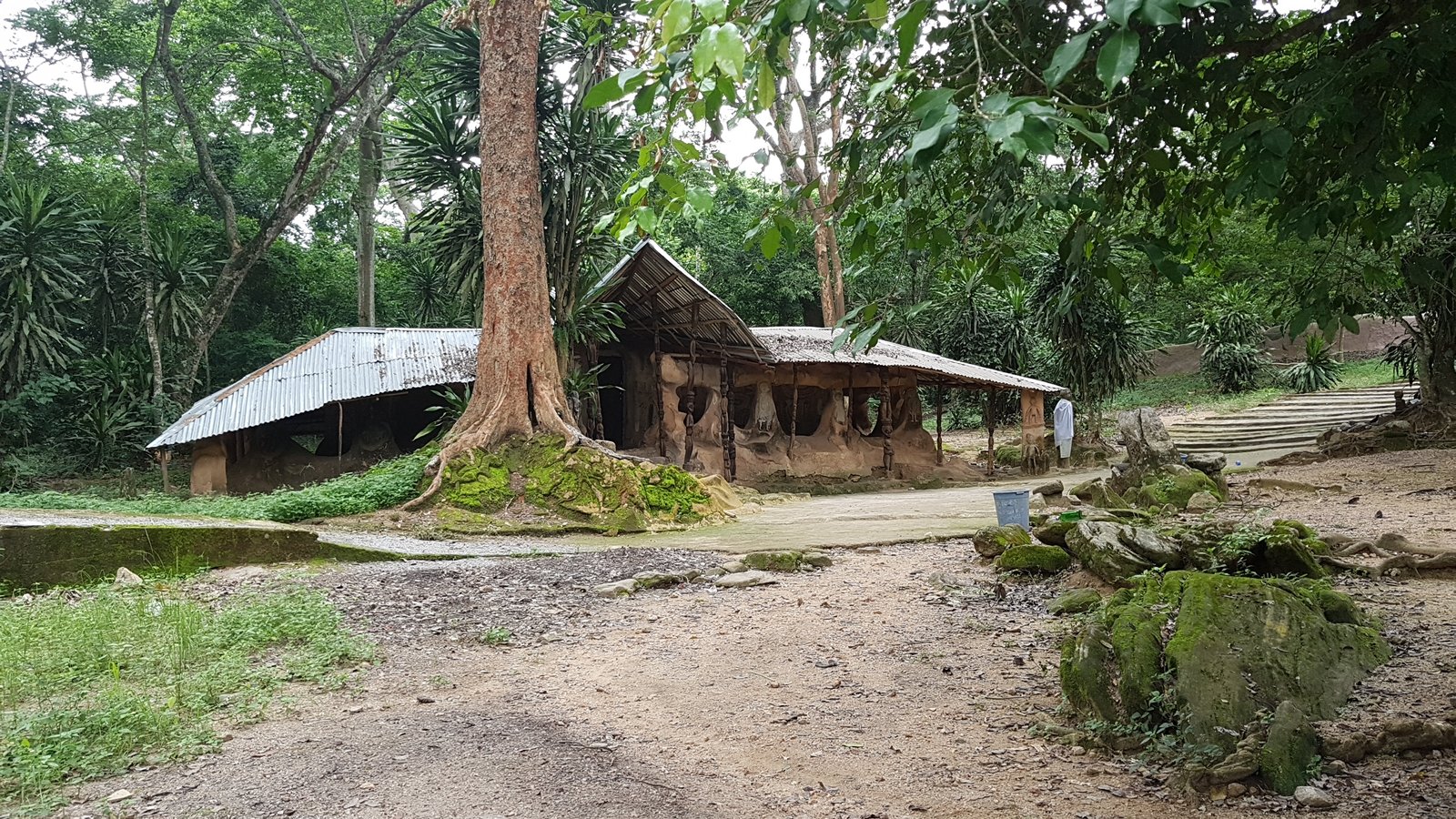
Despite their revered status, sacred groves are under increasing threat from urbanization, agriculture, and changing cultural values. As villages expand and roads cut through forests, many groves have shrunk or disappeared altogether. Younger generations, influenced by modern lifestyles, sometimes question age-old beliefs, eroding the traditional respect that kept groves safe. Invasive species, illegal logging, and pollution further endanger these green sanctuaries. The loss of a single grove can mean the extinction of rare plants or the disruption of vital water sources, as many groves are linked to sacred springs or streams. The challenge now is to balance development with the urgent need to protect these irreplaceable habitats.
Scientific Studies and Discoveries
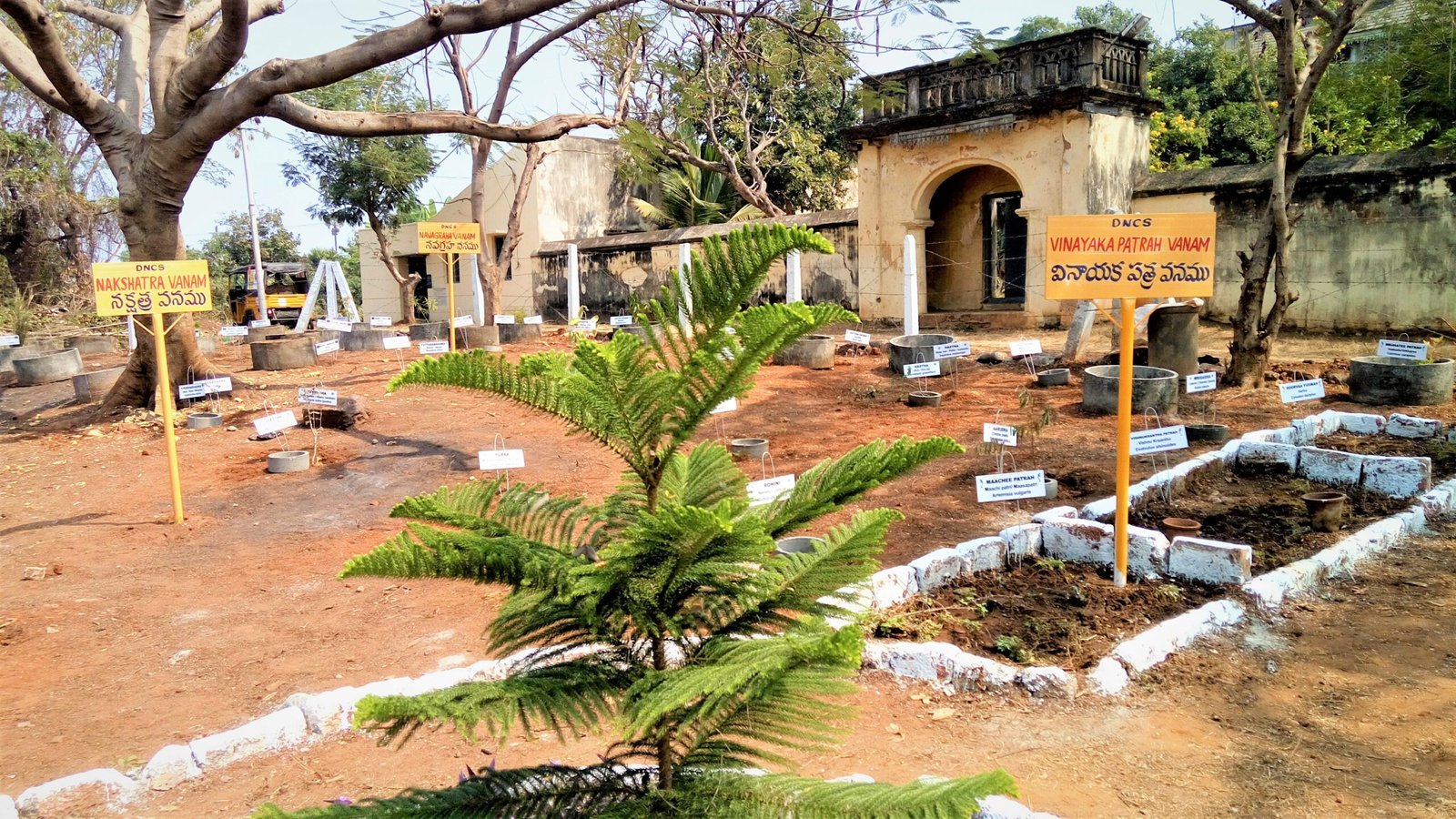
Researchers have turned their attention to sacred groves, fascinated by their role as biodiversity banks and genetic reservoirs. Scientific surveys reveal that these patches often contain old-growth trees and medicinal plants absent from managed forests. Zoologists have recorded rare amphibians, birds, and small mammals that find refuge only in these undisturbed areas. Ecological studies underscore how groves act as seed banks, helping regenerate surrounding landscapes after natural disasters. The microclimate within a grove—cooler, moister, and less polluted than outside—creates ideal conditions for many sensitive species. These findings highlight the immense research value of sacred groves and the need for their continued protection.
Medicinal Plants and Ethnobotany
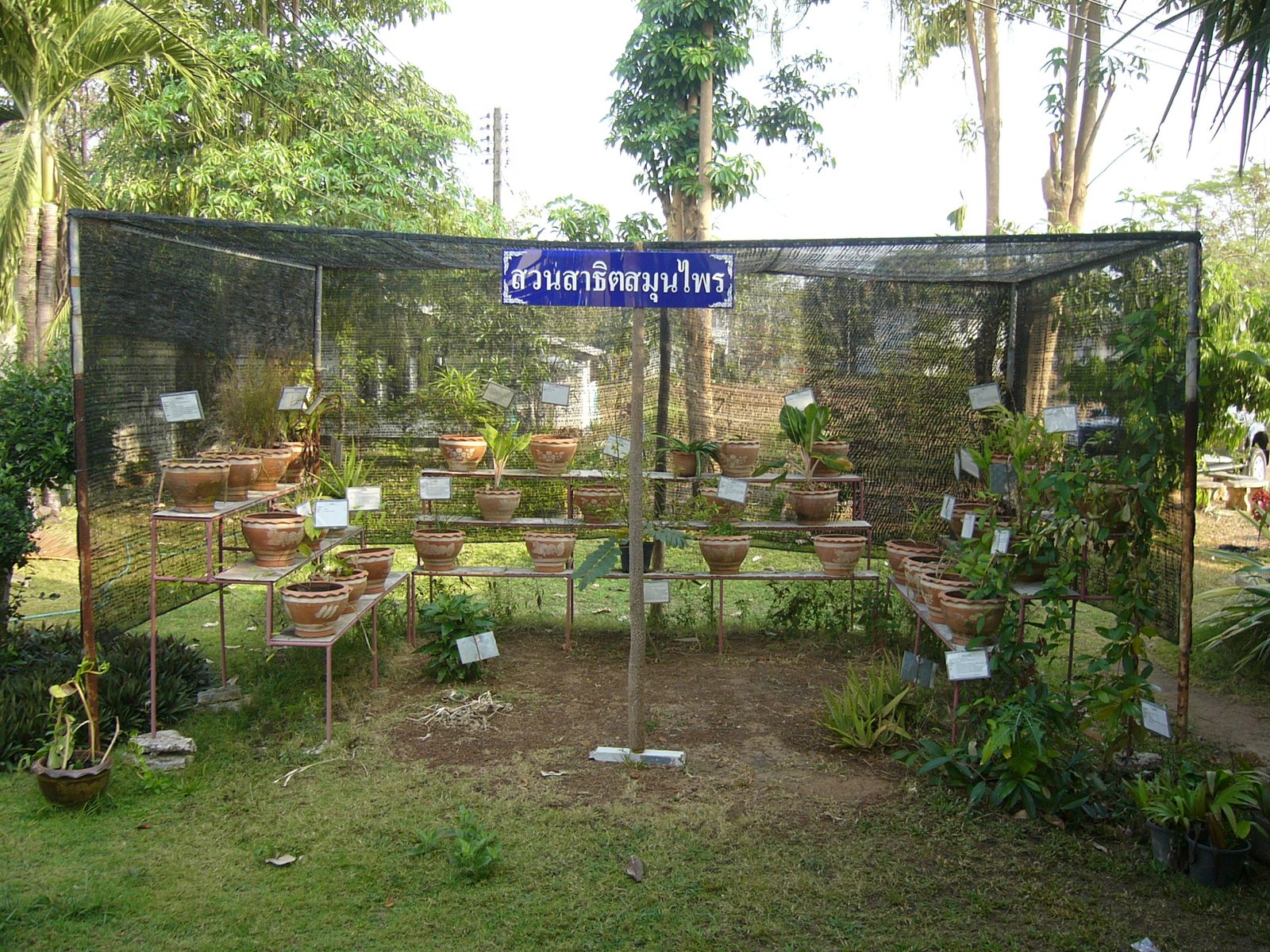
One of the most remarkable aspects of sacred groves is their wealth of medicinal plants, many of which have been used in traditional healing for generations. Local healers, or vaidyas, often collect herbs and roots from these forests, relying on the belief that plants from sacred ground possess special potency. Scientists have cataloged hundreds of species with proven pharmacological properties, ranging from anti-inflammatory roots to leaves used in fever remedies. In some groves, rare plants like Rauvolfia serpentina, once widely used for treating hypertension, still survive thanks to community protection. The intersection of ethnobotany and tradition has made sacred groves living pharmacies, rich in both culture and science.
Water Conservation and Climate Regulation

Sacred groves do more than protect plants and animals—they also play a vital role in conserving water and regulating local climates. Many groves are built around natural springs or ponds, ensuring a continuous supply of clean water for neighboring villages. The dense canopy of trees reduces evaporation and helps recharge groundwater, acting as a natural sponge during monsoon rains. Some groves are the last refuges for perennial streams that would otherwise dry up in the scorching summer. This crucial ecosystem service has real-world impacts: during drought years, communities often find that their sacred groves provide the only reliable water sources, proving that tradition can be a powerful ally in climate resilience.
Modern Challenges and Conservation Efforts
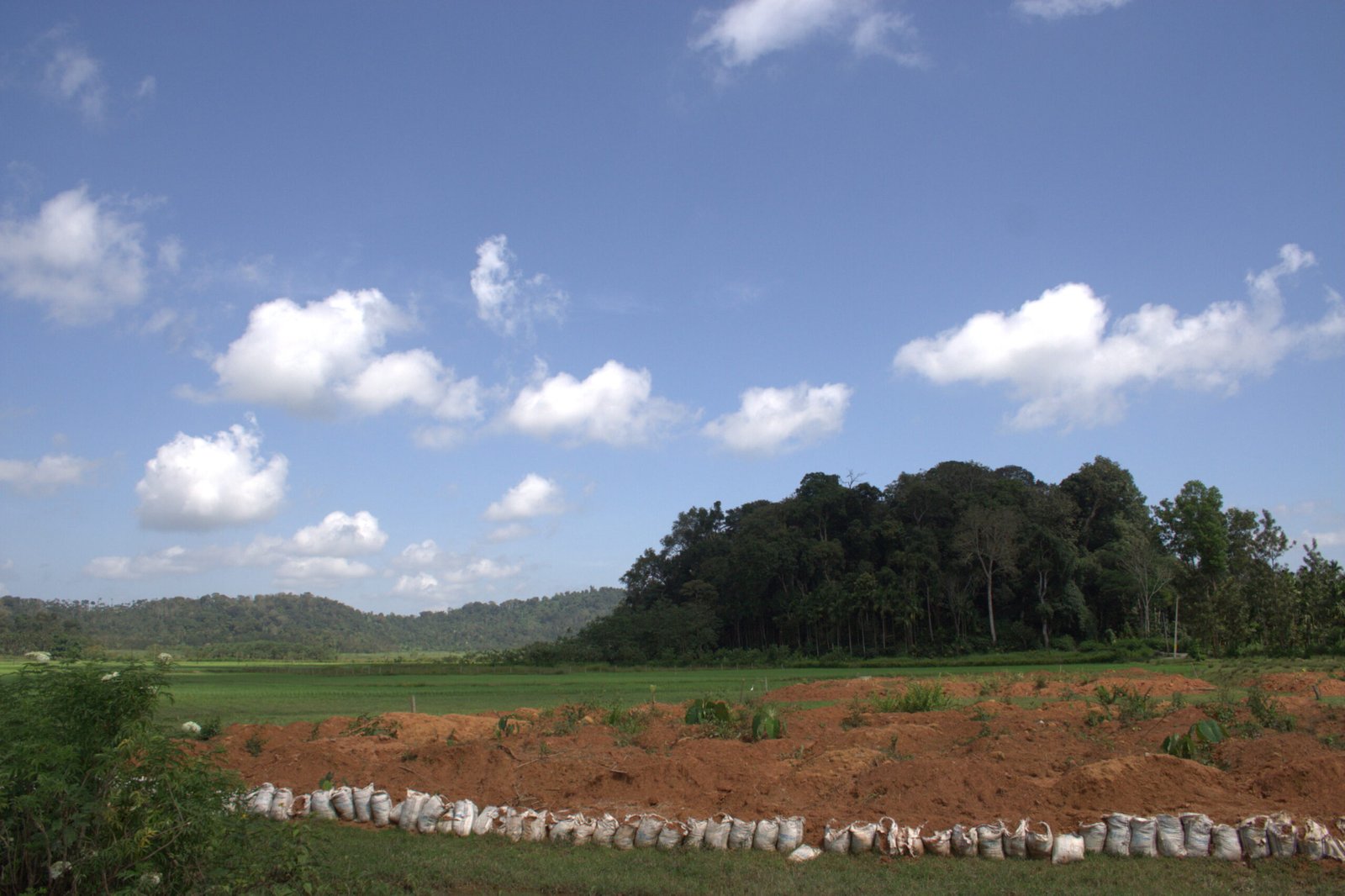
As India rapidly modernizes, the traditional guardianship of sacred groves faces unprecedented challenges. However, there are inspiring examples of communities, NGOs, and even local governments stepping up to protect and restore these sites. Educational campaigns are rekindling respect for old beliefs among the youth, while scientific collaborations are documenting the incredible diversity within groves. In some places, villagers have started eco-tourism initiatives, inviting visitors to learn about grove traditions and biodiversity, generating income while reinforcing conservation. Legal recognition of sacred groves as community-owned forests is also gaining ground, providing an added layer of protection in the face of development pressures.
Lessons for Global Conservation
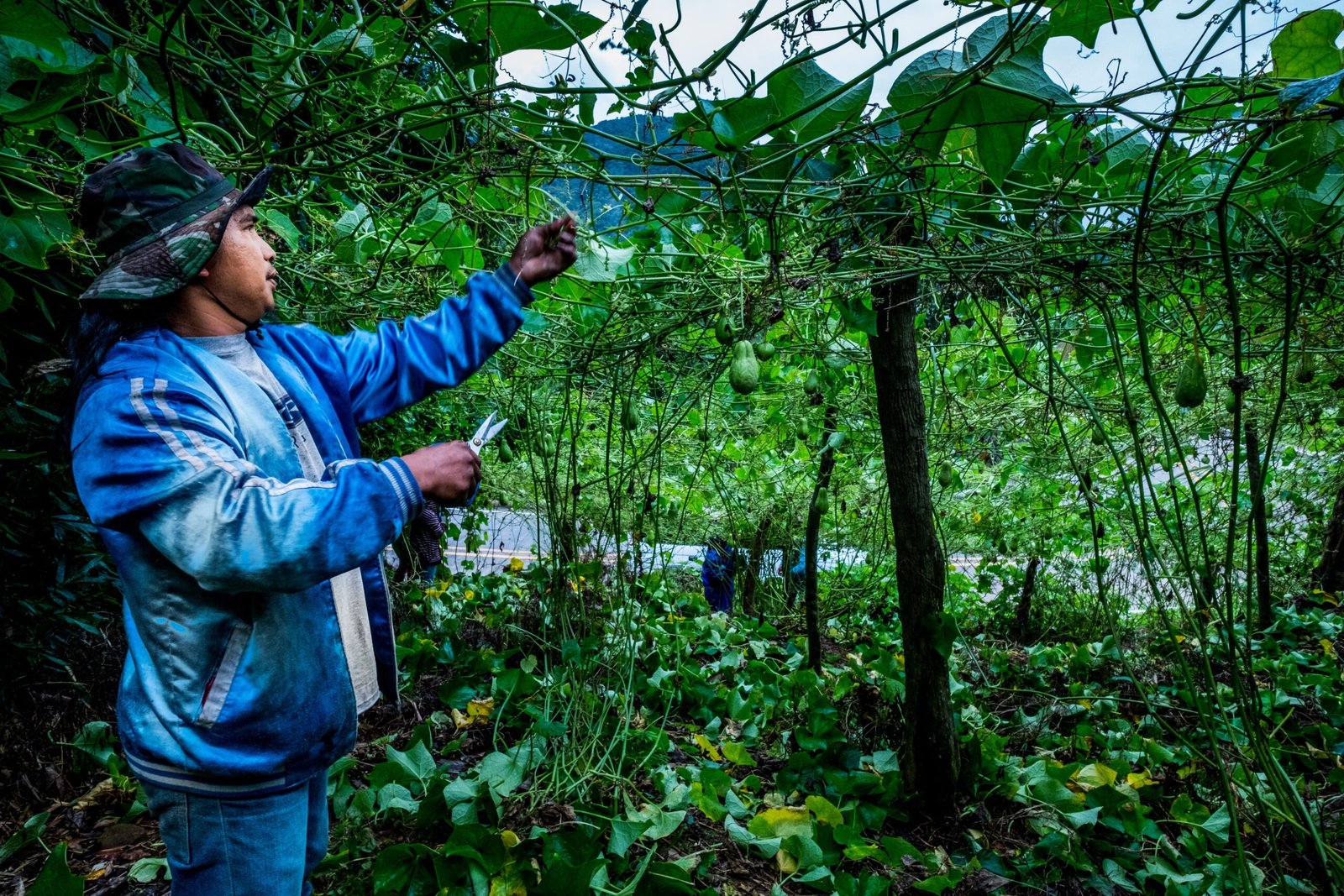
The story of India’s sacred groves offers a powerful lesson for the world: conservation can succeed when it is rooted in local culture and belief. Unlike top-down approaches that often clash with communities, sacred groves show that protecting nature can be deeply personal and communal at once. Their success has inspired similar efforts in Africa and Southeast Asia, where traditional knowledge is increasingly seen as vital to sustainable management. These green sanctuaries prove that ancient customs and modern science are not at odds but can work hand in hand to preserve our planet’s last wild places.
Enduring Legacy and the Path Forward

The sacred groves of India stand as living bridges between the past and the future, offering hope that wisdom and reverence can outlast even the most daunting challenges. Each grove, whether it covers a few acres or a sprawling forest, is a reminder that nature and humanity are not separate, but deeply intertwined. The survival of these sanctuaries depends on our willingness to respect and nurture the traditions that have sheltered them so far. In a world increasingly disconnected from its roots, sacred groves invite us to pause, reflect, and ask ourselves: What are we willing to protect for the next generation?


